Cylinder head porting
Tips, theories, and photos of cylinder head porting, specifically for LS V8s
ENGINE BUILDING
While it may not be the first step for upgrading the performance of your vehicle, the benefits of cylinder head porting can't be dismissed. The factory castings for most vehicles have to strike a balance between manufacturing costs, durability, and optimum performance. There's commonly casting marks, protrusions, and lips or steps along the runners that can hinder or misdirect airflow.
The main benefit here would be airflow; after all, engines are air pumps. But there's also a chance to alter the dynamics around how the intake flows into the combustion chamber, affecting the air velocity and runner pressure.
Specifically, LS-based engines struggle with exhaust port cfm. This particular engine is a 6.0L L77 with a 2650cc supercharger, a camshaft upgrade, and long-tube headers among the modifications. It has the ability to push some serious air. At some point, the inability to get the air out of the combustion chamber can inhibit the horsepower this thing can make. You can see in the photograph above, just how much more ambient light gets through the left-hand cylinder head (ported) than the right hand one (stock).
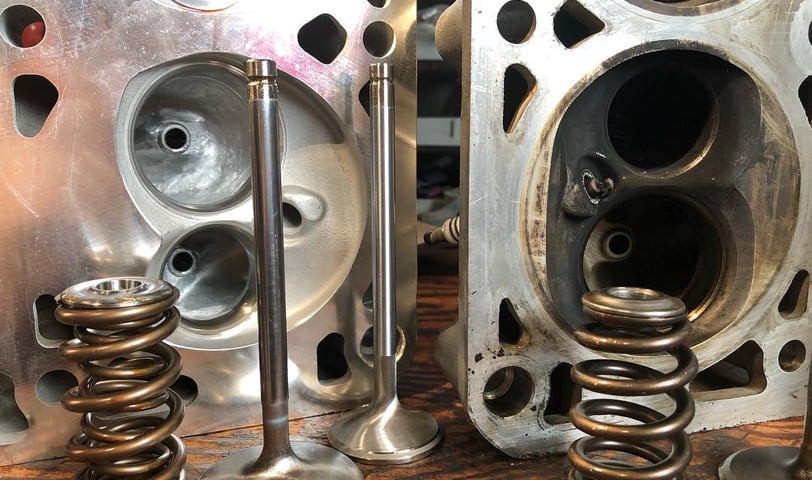

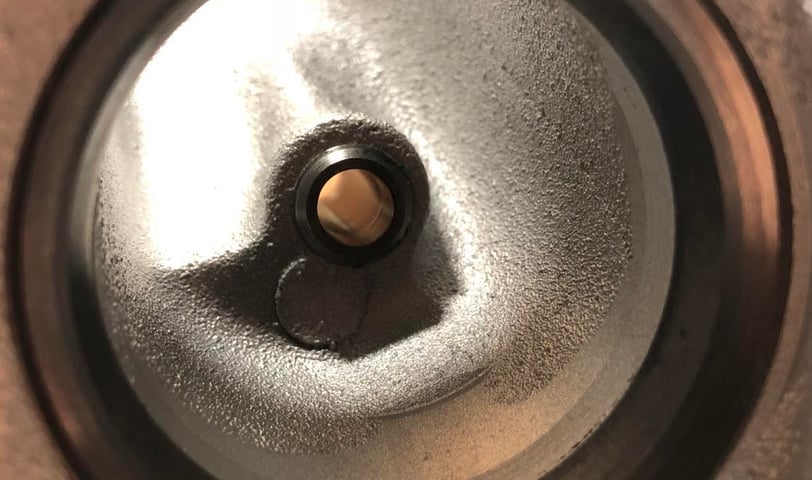

Normally, the biggest gains to be had are by making changes in the bowl, which is the entrance to the runner from the combustion chamber side.
Because this particular engine is wearing a supercharger, I didn't spend too much time on the intake ports. The main time I spent was to take the lips, drops, and casting marks out of the bowl.
The extra material you see to the left of the valve guide along the port roof is a rocker boss, which is found on almost all LS engine cylinder heads. On 'smaller' displacement engines, read '6.0L and below', it's important to leave much of this intact. We can go over number specifics in another post, but let's just say removing it causes a large pressure change in the runner just before the throat, and won't be suited for most applications.
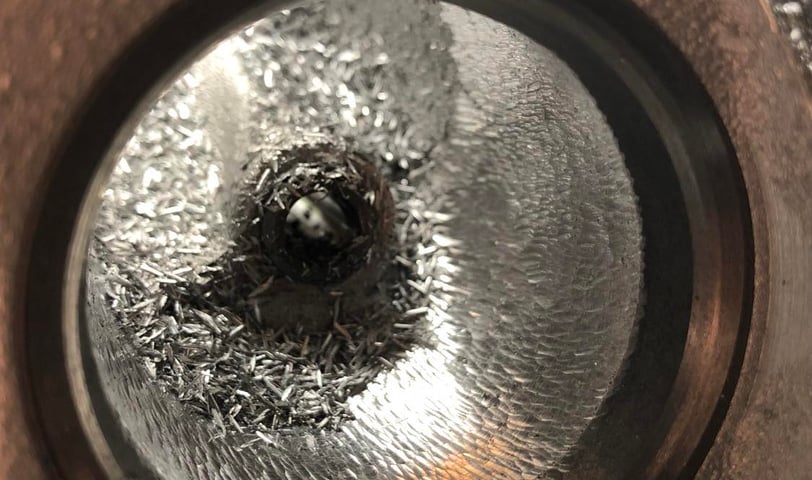

I am extremely careful not to touch the valve seats with my grinder, but I make sure to take the lips and abrupt transitions out of the air path. I give a small taper to the rocker boss, and just generally smooth the air path around the valve guide and into the rest of the runner.
It's best practice not to fully smooth, or polish, the intake runners. I've heard that it can cause fuel to stick to the walls. I've never seen that with my own eyes, but I will say that a rough surface energizes the boundary layer. This helps keep air moving in the runner. But mostly, it's because for all things considered, there's virtually no difference in a polished intake port versus pitted intake port in performance. This is due to the boundary layer of the wet air, and the fact that the air speed at the wall interface is zero.
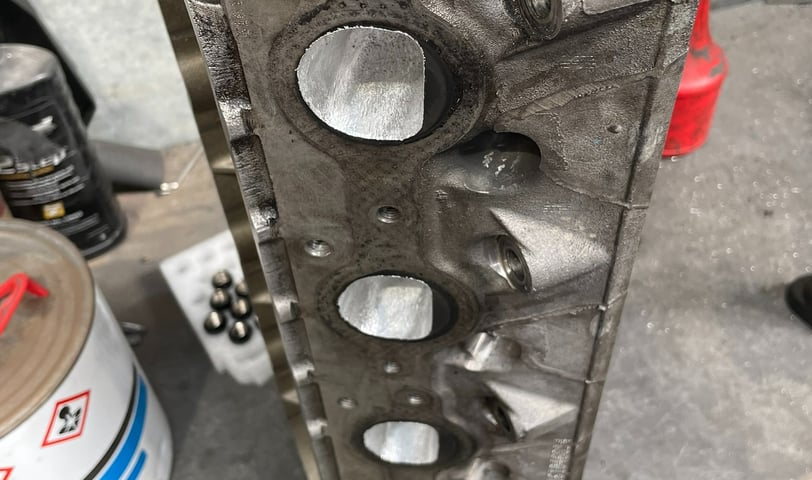

As far as the exhaust ports go, I try not to disrupt the floor of the exhaust port too much. I widen the manifold side and create a little more volume in the runners at the manifold side. As far as the bowl goes, I just work to smooth out the casting marks and maintain the ramp there. I spend some time on the guide boss, port roof, and back wall. Depending on your header diameter and design, in combination with engine mechanical specifications, you can spend more or less time here. This supercharger needs to move a bit more air, so I was a tad more generous.
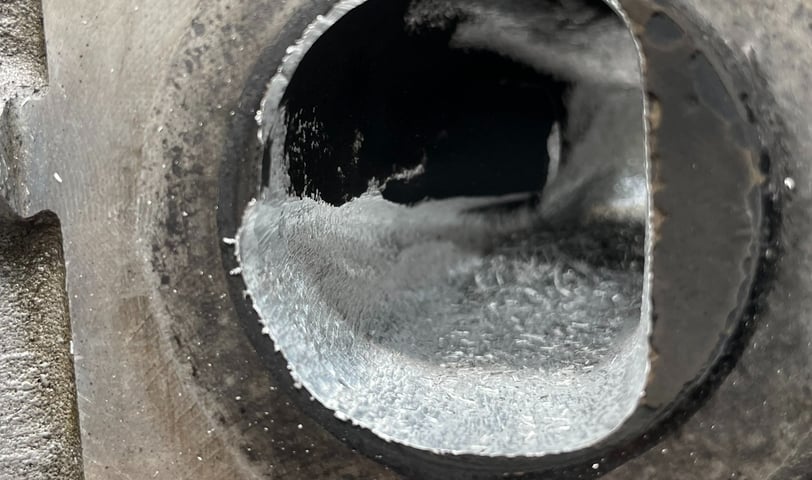

Here's a look down the exhaust port of one of my heads with about half of the runner done. You can see I've been generously removing from the roof, back wall, and guide boss. Exhaust ports can be polished to a mirror. You can see even in my "rough" cut that it's much smoother.
Many customers are surprised when their boost pressure goes down after I've ported their heads. This L77 went from 14psi to 11psi, but made an additional 15kW at the tyre. In fact, the car has just run a 10.88 at 130mph. Not bad for a full weight street car with a 6 speed manual!
Thanks for reading!
